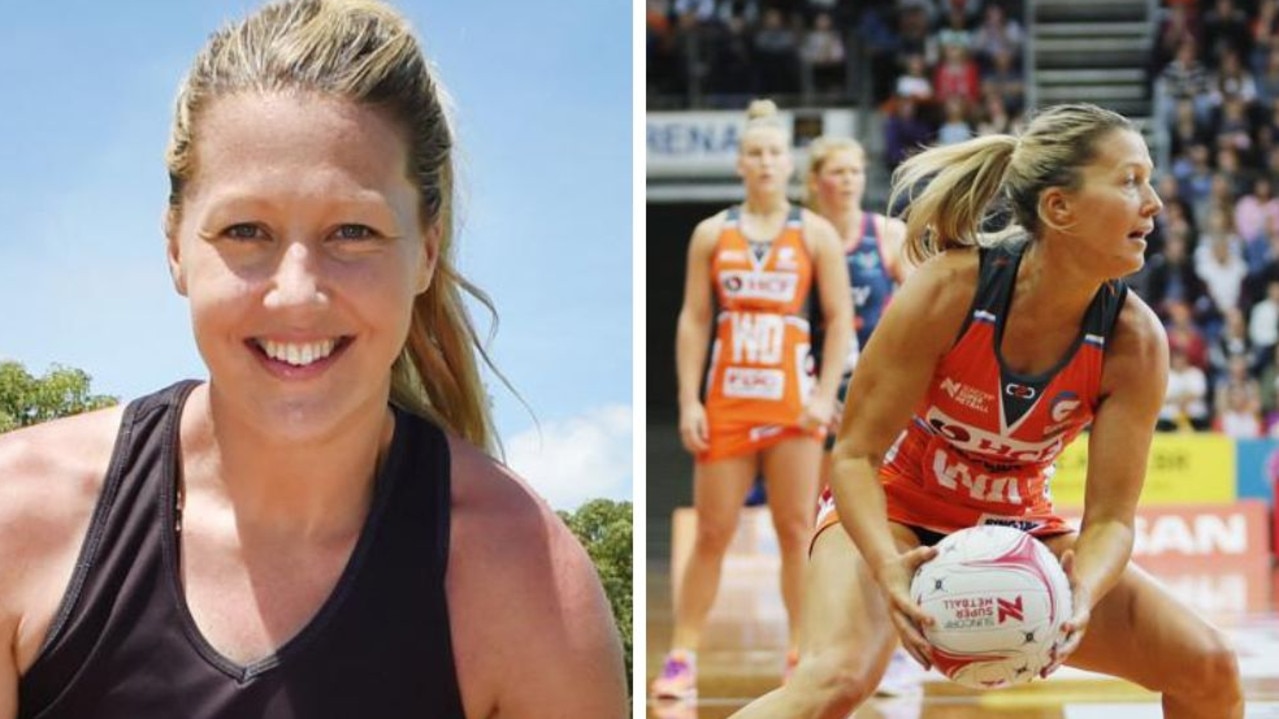Hattie Boydle reveals how she went from 26 kilos to international fitness model
AT 27, fitness model Hattie Boydle is in the best shape of her life. But she hasn’t always been. TRIGGER WARNING for anorexia.

TRIGGER WARNING: This article contains information about anorexia which may affect vulnerable readers.
AT 27, international fitness model Hattie Boydle is now in the best shape of her life, but that hasn’t always been the case for the Australian beauty.
At 15, Hattie lost a friend in a freak accident, which she took “really badly” at the time.
“The sudden death made me realise that life can be taken away so quickly, Ms Boydle told news.com.au
“I decided I wanted to be the best version of myself possible, and that meant pushing myself in every way imaginable. But that pressure backfired.”
Hattie never considered herself overweight as a teenager, but decided to start exercising to tone and maybe “lose a few kilos.”
“I got addicted to exercise, and would feel guilty if I didn’t do any,” she said.
“I soon put a rule on myself — if I didn’t train, I didn’t eat.
“That rule then went in to school work, if I didn’t do well or I didn’t finish homework, I wasn’t allowed to eat.
“I remember starting to do well at school, but an English teacher failed me for a speech I had written and knew had been completed well. I felt like a failure, and that’s what really kicked off the snowball effect of self destruction.”
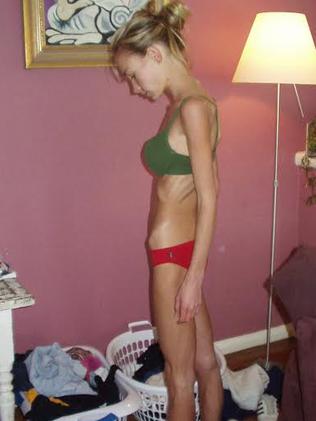
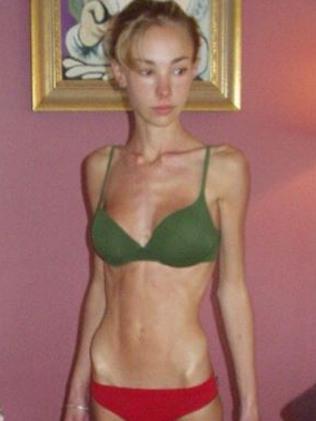
Within months, Hattie’s obsession with eating, exercise and meal portion sizes reached a point that could have killed her.
“I was in a mindframe where I needed to be worthy of food,” she said.
“I started getting enjoyment out of people commenting on my weight loss.
“My mum was very concerned about my exercise, and made me stop. But as soon as she went out in the morning for a walk, I would exercise.
“I would get out and run for two hours until I was purple. I’d exercise so much, but I just couldn’t stop.
“I would clean the house, I would cook but not eat the food; anything I could do to move. I would wake up and do muscle squeezes in bed, because in my mind that was movement and exercise.”
Hattie admitted her obsession with movement played on her everyday life. As a popular girl among her peers, she would sometimes walk up to 14 kilometres to reach a birthday party so she wasn’t sitting still in a car or bus.
“I’d sometimes walk from my house to parties or the city,” she said.

“I’d be at a gathering and people would try and force-feed food in my mouth, they could see how thin I was getting. I would leave because it was all too much.
Hattie’s obsession soon reached a deadly point where she wasn’t even able to walk up a flight of stairs to her bedroom.
“I looked like the devil,” she said.
“I went in to hospital as an inpatient. The first day, I had to eat a meal, but I wasn’t used to eating so much and I fainted.
“My blood sugar was so low, I was in emergency for a week. I then went to an in-house clinic, where I stayed for three months.”
For Hattie, the stringent and sterile surroundings of the clinic made recovery even harder.
“There was a part of me that wanted to recover, but other girls around me didn’t,” she said.
“Eating disorders can get quite competitive, so I would find myself wanting to get better, then not wanting to get better and staying smaller than the other girls. It was just such a negative environment.
“The disorder is very attention seeking. If a girl gets better, they don’t have people around them to nurture and make them feel better about themselves.”
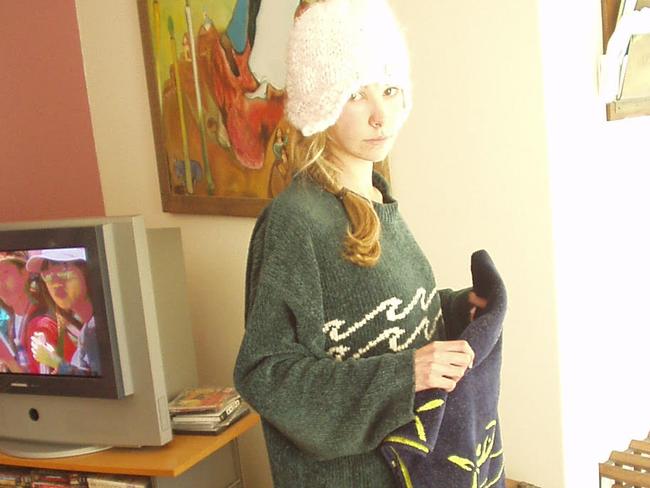
Every week at a weigh in, Hattie would water load or put weights in her pants just to look heavier on the scales.
“You’re there to get better, but you’re around girls that don’t want to, so it’s very hard,” she said.
“At the time, the worst fear is getting fat.”
After seeing a photo of her frail body in a hospital bed, which at first she thought was a photo of her grandfather, Hattie tried to move forward in to a healthier lifestyle.
“I got out of hospital, but then I learnt about Bulimia through a magazine,” she said.
“I read in Cosmo about a girl who would eat and throw up a little bit to keep her weight down. I started to do the same, and it was really hard to get over.”
Five years later, at the age of 21, Hattie broke free from bulimia and started learning about nutrition and how to eat properly.
“I realised that my problem was with my mentality,” she said.
“I told myself just one thing I liked about myself every day to try and change the negative perception of body. It really helped.”
Training for the last nine years, Hatti is now one of Australia’s best models in the World Beauty, Fitness and Fashion titles, a competition which sees athletes show off their muscle and beauty on a world stage.

“Most of the competitions are judged on 30 per cent face and body, 30 per cent stage presence and then the rest is marketability. There are loads of sponsors from around the world at these events watching you compete in bikini, eveningwear and costume categories.”
Currently ranked 4th in the world, Hattie’s training regimen is a lot less than when she was gripped by anorexia, saying that today — she couldn’t train the way she did when she was sick.
“When you’re anorexic it’s like your brainwashed, you don’t have an ‘off’ button,” she said.
“You’re constantly on autopilot. You’re so depressed and so unhappy you do what you tell yourself to do. I’d never be hungry, I’d never get tired from exercise.
“You kind of don’t feel anything.”
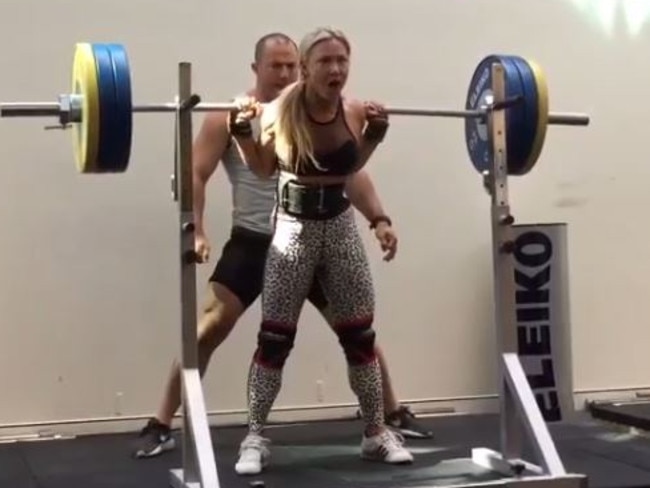
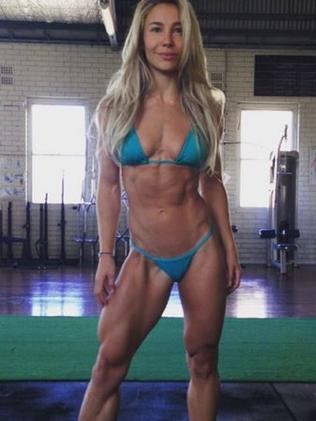

Despite being judged on her body, Hattie said the criticism and placing during competitions doesn’t effect her any more.
“In the beginning, it was difficult to be judged on my body,” Hattie said.
“Even if I won, I still felt like I wasn’t good enough. I was so hard on myself and I never felt satisfied.
“It wasn’t until recently that I realised whether I win or lose, it’s just someone’s opinion. I appreciate my body and how I look.
“Once you have an eating disorder, you have it forever to an extent. You often have a day where you feel anxious, or negative thoughts enter your mind sometimes. I think that could stem from being bullied in primary school, but now I just don’t act on it,” she said.

Hattie is off to compete in the WBFF tryouts in Ohio, USA during the first weekend of March. From there, she will be trying out for a place on the WWE (World Wrestling Entertainment) team. The 2016 WBFF World Titles will take place in Toronto in August this year.
According to the Butterfly Foundation’s ‘Paying the Price Report 2012,’ eating disorders effect more than 913,000 Australians. Of that figure, more than 25,000 men and women suffer from anorexia, while almost 108,000 have bulimia. The total socio-economic cost of eating disorders in 2012 was almost $70 billion.
Parents who are concerned about their children can seek advice, support and access to resources by calling Butterfly’s National Support Line on 1800 33 4673 or emailsupport@thebutterflyfoundation.org.au




